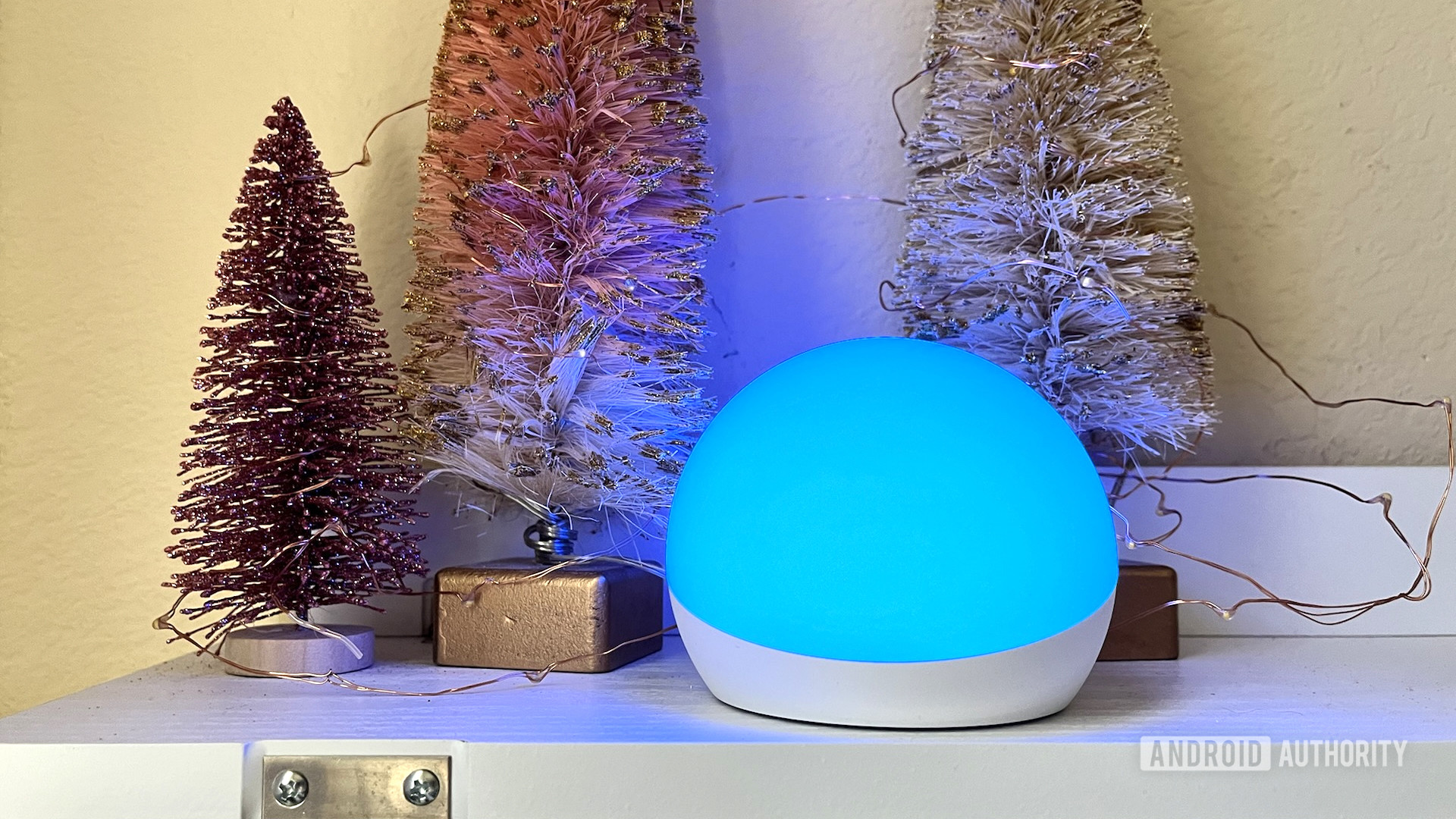Dhruv Bhutani / Android Authority
While directly controlling accessories from a phone, display, or smart speaker like an Amazon Echo is all well and good, a smart home isn’t very smart if it doesn’t run some things on its own. Here’s how to use Alexa routines, the automation backbone of Amazon’s smart home platform.
Read more: What is Super Alexa mode?
QUICK ANSWER
Alexa routines are created via the Settings menu in the Alexa app, available for Android, iPhone, and iPad. After choosing a name for a routine, you assign a trigger condition, such as time of day, voice command, or sensor state. You must also assign one or more resulting actions, which can control just about anything connected to the Alexa smart home platform.
JUMP TO KEY SECTIONS
What can you do with Alexa routines?

Roger Fingas / Android Authority
Alexa routines consist of three parts: a name, a trigger condition, and one or more resulting actions. In theory the possibilities are endless, dictated only by your imagination and the compatible hardware and services you have available. If it connects to Alexa, the chances are it can be automated.
There are several different trigger categories:
- Voice refers to a custom Alexa phrase, such as “Alexa, I’m leaving for work.”
- Schedule refers to a time of day. This includes options to repeat on one or more days of the week, and/or use sunrise or sunset offsets instead of a fixed time. You might, for example, want to trigger outdoor lighting 30 minutes before sunset, which is going to happen at different times throughout the year.
- Smart Home uses the state of accessories like locks, sensors, and security cameras.
- Location is based on the presence of the mobile device you use the Alexa app on. Actions can be set to trigger when you leave or arrive at a particular address.
- Alarms makes things happen when you dismiss a clock alarm.
- Echo Buttons are no longer sold by Amazon, but if you happen to have one, you can control Alexa physically.
- Sound Detection options include coughs, barks, snoring, water sounds, crying babies, or beeping appliances.
- Guard specifically means Alexa Guard, a security feature that listens for sounds like breaking glass or smoke/carbon monoxide alarms. You have to configure Alexa Guard to use this trigger.
There are literally dozens of action categories, each with their own sub-menus, but these are some of the most commonly used types:
- Custom allows anything you can think of an Alexa phrase for, which may help cut to the chase.
- Alexa Says makes Alexa say something in its synthesized voice.
- Briefings delivers a summary of reminders and calendar events you’ve created.
- Device Settings can change the volume on an Alexa speaker, stop audio, or turn on Do Not Disturb mode.
- Fire TV controls Amazon’s namesake brand of streamers and TVs, for instance by playing shows and movies.
- Guard tells Alexa Guard to arm itself by switching your status to Away.
- Messaging can either push a notification to the Alexa app or send an announcement to all your Alexa devices.
- Music & Podcasts will play a specified song, artist, podcast, or station. If need be, you can set a timer to limit how long things run.
- News will play the Flash Briefing configured in the News section of Settings.
- Smart Home performs anything your Alexa-connected accessories are capable of.
- Traffic reports current road congestion based on your home and work addresses.
- Weather gives a quick forecast based on where your Alexa device is located.
How to use Alexa routines
To build an Alexa routine:
- Open the Alexa mobile app, select the More tab, then Settings.
- From the Routines menu, tap the plus icon in the upper-right.
- Enter a name. Make it short yet memorable, especially if the routine is voice-triggered and you want to remember what to say — it’s easier to say “Alexa, Go Dark” than “Alexa, Kitchen and Living Room Nighttime Shutdown.”
- Tap When this happens to choose a trigger condition. You’ll see a variety of categories (described above), each with their own sub-settings. We recommend that you limit triggers to contexts you can count on. If you commute but your partner frequently works from home, you shouldn’t have all the lights turn off whenever you leave the house. It might be better to schedule lighting changes instead, say by having them come on 30 minutes before sunrise, and shut off after you’ve gone to bed.
- Tap Add action to choose what will happen when a trigger condition is met. Here the categories are limited only by linked hardware and services, particularly since you can combine multiple actions. A “good night” routine, for example, might shut off the lights, lock the doors, lower the thermostat, and reduce the volume on your bedside Echo before it starts shuffling ambient music from Spotify.
- Be sure to tap the Save or Enable button (depending on context) to have the routine take effect.
If you want to save time or need some recommendations, Amazon has a selection of pre-made options in the Routines menu’s Featured tab, such as “Wake up,” “I’m home,” and “Sunset lights.” If you pick one of these, you can (and should) still tweak the routine before you enable it.
Read more: The best Echo speakers
For all the latest Technology News Click Here
For the latest news and updates, follow us on Google News.

